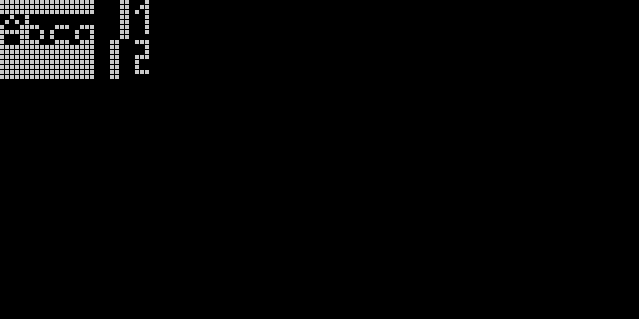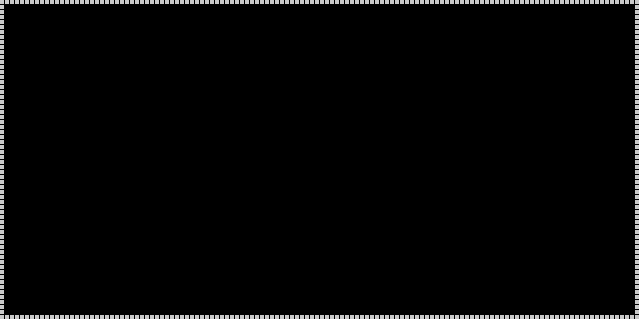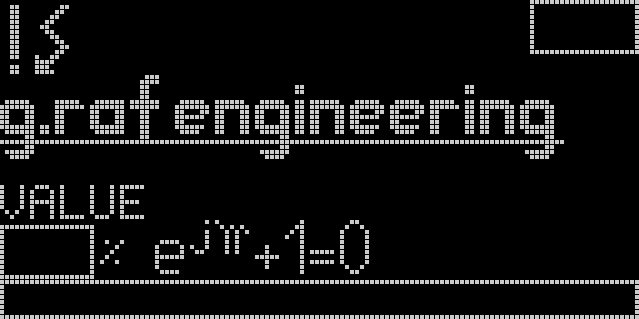The FRAME frame.h library renders pixel per page. It is possible to draw text/numbers or a bargraphs onto the display.
When text/numbers or bar charts are rendered between two pages, it is not possible to write anything else vertically on that pages (except background, which is rendered at all times!).

The filled areas in the image above and below the text can no longer be written on. Otherwise the text itself gets destroyed.
Width/Height of the TTY
The FRAME_WIDTH and FRAME_HEIGHT is normally set to the full width and height of the display but can be defined by user if necessary.

#define FRAME_WIDTH OLED_COLUMN_SIZE
#define FRAME_HEIGHT OLED_ROW_SIZE
Specific background of the FRAME
It is possible to set up a standard background with the FRAME_SPECIFIC_BACKGROUND macro that is renderd into every function call in the frame.h. So a persisent background gets overlayed over every text/number or bar that is written to the display (is set by default).
The background uses
1 KiBof program space!

#define FRAME_SPECIFIC_BACKGROUND
By commenting out the macro, the background gets deactivated!
Enable/Disable support for floating point numbers
Activating the macro FRAME_NUMBER_ENABLE_FLOATING_POINT enables the output of floating point numbers (not enabled by default).
#define FRAME_NUMBER_ENABLE_FLOATING_POINT
The use of floating point numbers increases program memory consumption!
Set floating point number prescision
If floating-point numbers are enabled (FRAME_NUMBER_ENABLE_FLOATING_POINT) it is possible to set up the number precision. This can be done with the FRAME_NUMBER_PRECISION macro.
#define FRAME_NUMBER_PRECISION
Increasing the precision allows more detailed numbers, but may increase program memory usage and processing time.
For a more detailed view of the possible parameters that can be set in frame.h, take a look at the OLED Doxygen documentation (OLDD).